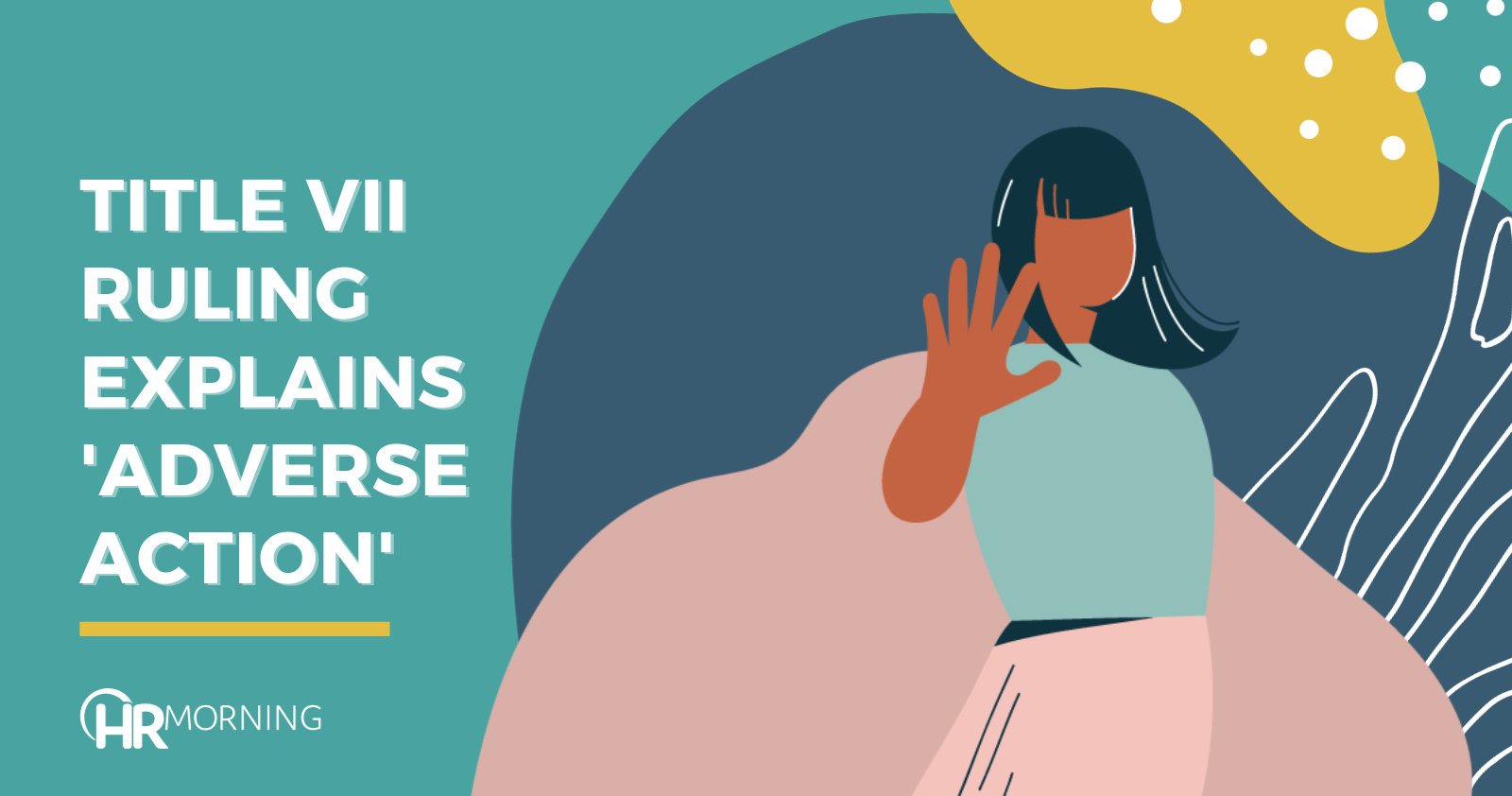A federal appeals court in New York has issued an important — and pro-employee — new ruling on the scope of protection afforded to applicants and employees by Title VII.
The decision comes on the heels of another significant employee-friendly Title VII federal appeals court ruling issued by the full Fifth Circuit last month.
Though limited to their own jurisdictions, these rulings nonetheless provide important guidance for employers on a critically important question: Precisely what actions taken by employers can lead to liability for discrimination under Title VII?
The case involved Billie Banks, an African American woman who said her employer subjected her to a hostile work environment as well as race discrimination, sex discrimination and retaliation.
Title VII allegations of horrendous treatment
Banks began working as a security officer for General Motors in 1985. After taking time away from work to earn a master’s degree, she returned to the company in 1996. She was promoted to a job as a site safety supervisor in 2006, but she was replaced in 2014 while she was on medical leave. She returned to work in October of that year, and she took another medical leave early in 2016.
Banks says that beginning in 2002, she was subjected to racially or sexually offensive remarks at work.
Among other things, she said:
- A manager called her a “dumb n****r”
- Racist and sexist words or material were displayed around the plant where she worked
- Other employees displayed the Confederate flag on their clothing and vehicles
- Nooses were displayed near workstations three different times.
She also alleged that people she supervised were routinely insubordinate, often ignoring her directives.
In early September of 2013, Banks went on disability leave to recuperate from work-induced stress that she said was caused by a hostile job environment.
Internal complaint hits dead end
A week later, she filed an internal complaint of race and sex discrimination. That complaint went nowhere; in fact, the third-party complaint administrator that received it did not even talk to Banks about it.
Banks filed an EEOC charge of discrimination in October of 2013.
The company suspended her disability benefits after 10 weeks, even though its policy was to provide full salary for 13 weeks and 75% of it for another 39. It did so after a psychiatrist it hired to examine Banks said she appeared to be able to work. Banks appealed the suspension of benefits, and they were reinstated.
Ready or not?
In April of 2014, Banks told GM she was ready to go back to work. But the same psychiatrist who said she seemed able to return refused to approve a return. He then changed course yet again and said she could get back to work.
When she returned after the delay, GM reassigned her to a role that took away her supervisory responsibilities and required her to perform “menial tasks.”
She sued in November of 2014, alleging hostile work environment, race and sex discrimination and retaliation.
The lower court rejected her Title VII disparate treatment claims, finding that neither her reassignment nor the suspension of disability benefits were “adverse actions.”
And without an “adverse action,” a Title VII claim of discrimination cannot go forward, it noted.
On appeal, a three-judge panel of the Second Circuit federal appeals court (which covers New York, Connecticut and Vermont) vacated the lower court’s decision.
On the critical question of whether Banks had been subjected to an adverse action, it said Banks in fact was subjected to adverse actions when GM delayed her return to work and reassigned her when she got back.
The category of employment decisions that qualify as adverse actions is broad, it said, and no particular type of action is automatically excluded. The test, it advised, is whether the plaintiff is aggrieved by the action.
In addition, economic harm is not required, it said.
Why it matters (a lot)
This new ruling is a far cry from the severely limiting rule that was recently displaced in the traditionally more conservative Fifth Circuit appeals court. Up until very recently, that circuit (which covers Louisiana, Mississippi and Texas) took a very narrow view of the concept of “adverse action.”
Why is it important to know what is an adverse action and what is not?
Precisely because if there is no adverse action, there is no viable claim under Title VII.
Sometimes it is easy to know that a job action is adverse. In this decision, the court gave these examples:
- Termination
- Demotion
- Denial of promotion.
Other actions, however, fall on the other side of the line – or perhaps seem to straddle it.
For example, another federal appeals court ruled in a 2021 decision that a paid suspension was not an adverse action sufficient to support a claim under Title VII.
Remember that the concept of “adverse action” may be construed broadly – thus opening the door to a wider range of discrimination allegations.
This case is Banks v. General Motors, No. 21-2640 (2d Cir. 9/7/23).


